Champagne M.Hostomme: A Century of Grand Cru Heritage in Chouilly - An interview with Laurent Hostomme
- Lucy Edwards

- Aug 20
- 6 min read
Few Champagne houses can claim both the weight of history and the daring spirit of innovation quite like Champagne Hostomme. Rooted in Chouilly, the Hostomme family has been shaping wine for nearly a century, from its beginnings in polyculture and post-phylloxera recovery, to its reputation today as a producer unafraid to experiment with forgotten grapes, unconventional élevage, and even sea-aging. At the helm is Laurent Hostomme, the fourth generation to steward the family name. For him, Champagne is not only an inheritance but a living philosophy, grounded in respect, generosity, and continuity.
In this conversation, Laurent reflects on his earliest taste of Champagne, the legacy of his family estate, the identity of Chouilly’s terroir, and the bold experiments that have kept Hostomme at the vanguard of Champagne’s evolution.
Do you remember your first glass of Champagne?
Laurent Hostomme: I think my very first encounter with Champagne was on September 8, 1971, the day I was born. Tradition has it that a newborn receives a few drops of Champagne on the lips, placed there by the father or mother. I’ve been immersed in the world of Champagne and its bubbles ever since. At every birthday or celebration, I was always allowed to taste the precious nectar — often demi-sec in those days, and usually with dessert. My education in wine and Champagne came naturally over time, thanks to parents and grandparents who were true lovers of fine dining and great bottles.
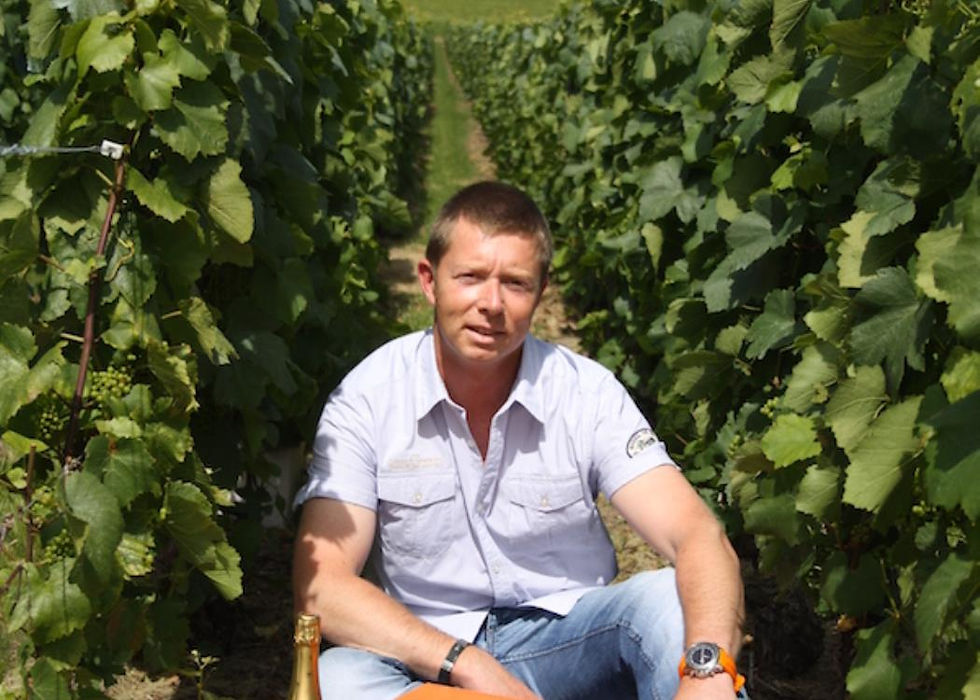
Tell us about the Hostomme family house.
Laurent: My family originally came from Northern Europe, most likely of Viking descent in the 13th century, before settling in the Champagne region. Like many families of the time, we lived from polyculture: growing grapes, tending to crops and vegetables, keeping a few animals. We were based just outside the village of Chouilly, long before vines became a singular focus.
It was only in the early 1900s, after phylloxera devastated the vineyards of Champagne, that we had the opportunity to purchase small plots of land. My ancestor Paul Hostomme was able to acquire parcels that had been severely damaged by the disease, it was the only way small growers like us could afford land at the time. Little by little, we accumulated vineyards throughout Chouilly.
In 1931, the first Hostomme-labelled wines were released. This was a collaboration between brothers, Michel and Jacques Hostomme, which was quite rare back then. Generational continuity wasn’t a given; often sons would start their own ventures and vineyards were normally divided. But we stayed together.
I joined the family house in 1993, after my military service. We operate under the Hostomme name, and that family spirit is the foundation of everything we do. We produce around 250,000 bottles each year, so while we’re not large, we’re very close-knit. We farm 15 hectares of our own and purchase grapes from another 15 hectares, but all of those growers are either friends or family. That connection is central to our philosophy.
Tell us about the identity of the Grand Cru village of Chouilly, and where else you source grapes.
Laurent: Chouilly is actually the largest Grand Cru in all of Champagne, covering nearly 500 hectares. A significant portion is owned by the grandes maisons like Moët or Billecart-Salmon. Our holdings are small but diverse, we have 8 hectares split across numerous tiny plots, which gives us a fascinating mosaic of micro-terroirs. You can taste the difference in wines from one end of Chouilly to the other. That diversity is a gift.
Beyond Chouilly, we also work with vines in the Vallée de la Marne, and the Montagne de Reims
This includes some Pinot Noir from the Montagne de Reims, Premier Cru fruit from Sacy and Écueil, and Grand Cru from Mailly. We also buy grapes from nine other villages across the Marne, but all of our suppliers are long term friends and family.

One particularly prized plot is in the village of Œuilly, where we grow five permitted grape varieties. Clos de l’Arpent is a vineyard that has been passed down generations in my wife Christelle's family. It is a very small production for us, almost microscopic, and it’s only made in exceptional years. The current release is based on the 2015 vintage and includes reserve wines. It’s always a non-vintage cuvée, and deliberately so, because we want it to speak to both the past and the future of Champagne.
These forgotten grape varieties bring something unique to the blend: particularly Petit Meslier which is naturally high in acidity. As with all our wines, we choose not to do malolactic fermentation, so the wines need extended time on lees to soften and gain complexity. It’s a wine that demands patience, but the result is incredibly rewarding.
Although the parcel is no longer walled, it was historically a clos, which means it was most probably selected back in the day for its natural micro-climate. And when we don’t vinify a standalone cuvée, the fruit still finds its way into our reserve wines. So even in trace amounts, these historic grapes continue to shape our house style and keep that heritage alive.

The champagne industry, like many others, has faced its share of economic headwinds in 2025. From rising production costs to global trade uncertainty. How has Hostomme navigated these challenges?
Laurent: We’ve actually been quite fortunate on several fronts. One of the key advantages for us is the diversity of our export markets. We’re not overly reliant on any single region. At the moment, for example, we don’t work with the U.S., so we haven’t been impacted by the recent back-and-forth around tariffs there.
On the production side, of course we’re not immune to rising costs. Everything from grapes to dry goods has gone up. But we’re extremely lucky to work with some fantastic partners, both in the vineyards and on the supply side. Our ecosystem is quite local and tight-knit, which makes a real difference. The glass for our bottles comes from just a few kilometres away at Verallia, and our corks are 100% French, sourced from Corsica, something we’re quite proud of, especially as many others rely on Spanish or Portuguese cork. That kind of local integration helps with both stability and mutual support.
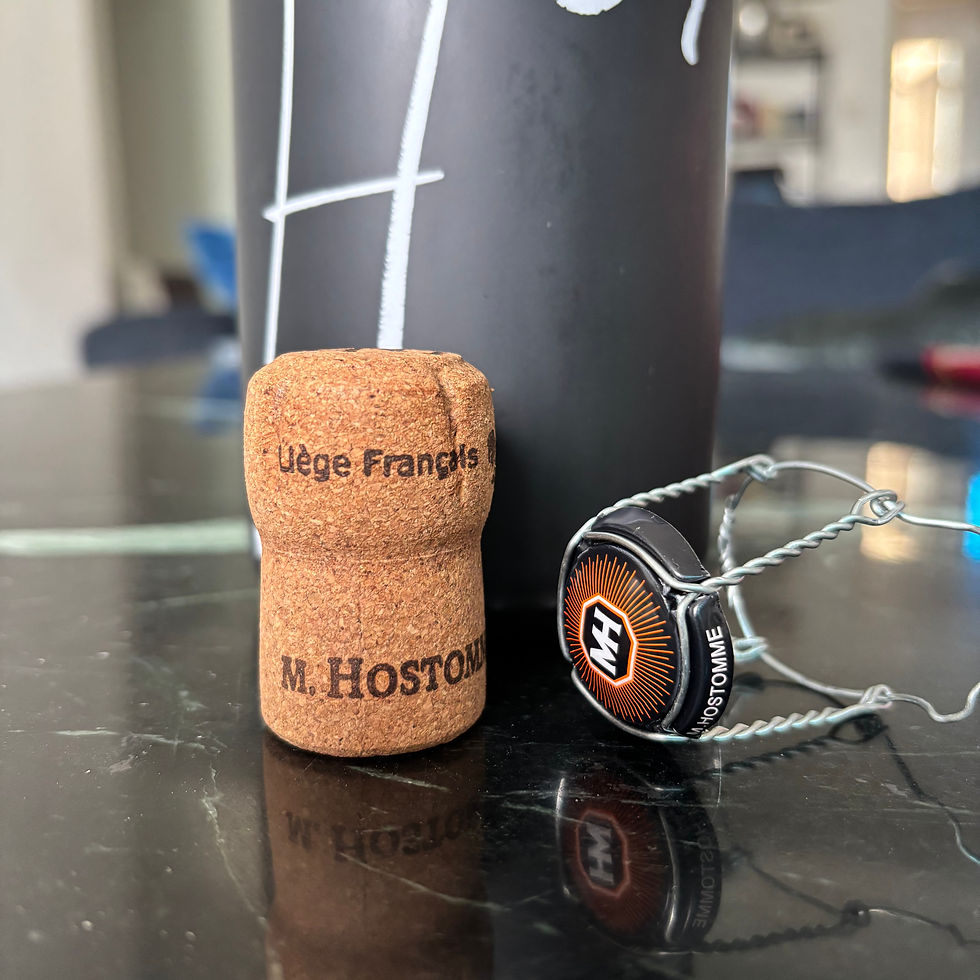
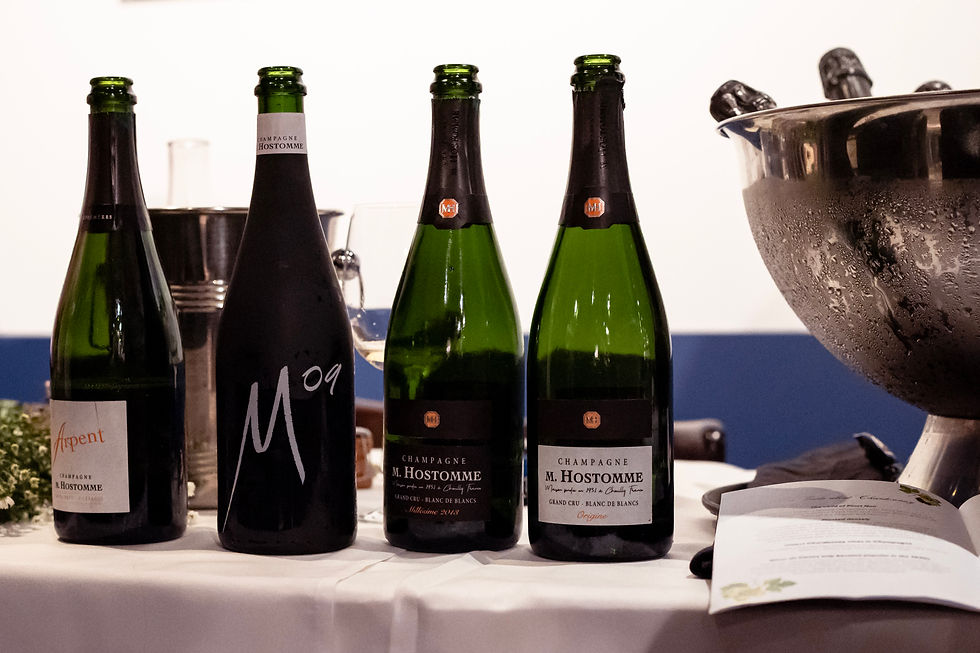
You were one of the first to experiment with sea-aging Champagne. Tell us about the cuvée Vikka and how it came about.
Laurent: Sea-aging first caught my attention in 2007. It was actually our Dutch importer who planted the seed. He’d tasted some salvaged, shipwrecked champagne and raved about how youthful and fresh it remained. The idea that the sea could somehow preserve champagne, maybe even enhance it, intrigued me.
I started digging. A couple of years later, I found a shipping and diving company willing to collaborate. But at the time, it was just me and one other producer. We were each looking to submerge about 500 bottles, not exactly large volumes, and the cost was astronomical. The logistics alone made it nearly impossible. Fast forward to 2014, and we had a breakthrough. Four of us, one producer from each of Champagne’s major sub-regions: Côte des Blancs, Vallée de la Marne, Côte des Bar, and Montagne de Reims, came together to make the experiment viable. The cost was still high, but sharing it made the project doable. So in 2015, the first bottles went down, 60 metres beneath the sea, in perfect cellaring conditions: constant pressure, complete darkness, no vibrations, no temperature fluctuation.
A year later, we retrieved those bottles. The results were astonishing. Because the pressure underwater mirrors the pressure inside the bottle, the champagne was almost suspended in time. The environment promoted reduction, that classic sulfuric edge, and essentially halted oxidation. It was like pressing pause.
At first pour, the wine was almost closed, quite tight on the nose, but after 5 to 10 minutes it opened up beautifully. What emerged was something thrilling: vivid freshness, crystalline acidity, incredibly fine mousse, and an overall sense of purity and structure. We were stunned.
We began with non-vintage cuvées, but quickly realised that vintage wines showed much more potential. Vikka was born from that discovery. The name comes from Old Norse meaning “a gift to the sea.” That’s exactly how we see it. Each year, we create a new release using a single vintage. The current release, Vikka 1022, is from the 2010 vintage, aged under the sea in 2022. The next release will be from 2013. Quantities remain very small with around 1,000 bottles per year. But the impact has been huge.
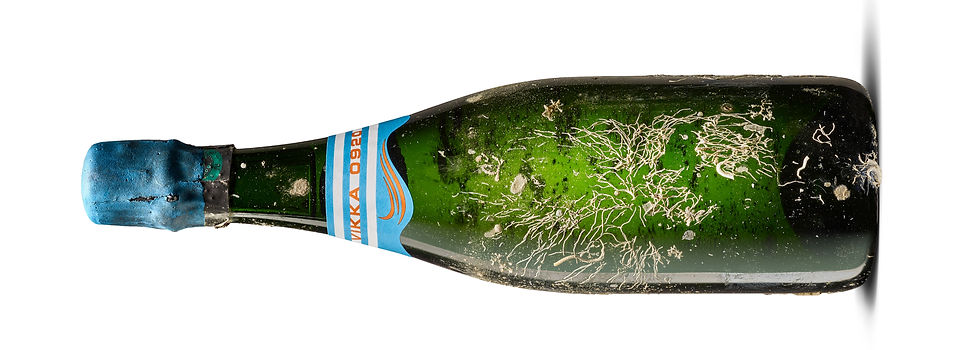
What can we expect from the future of Champagne Hostomme?
It’s hard to predict the future of our family estate, which will soon celebrate its 100th anniversary. As the fourth generation, I see myself simply as a torchbearer. Over the past 20 years, I have guided the estate’s evolution while staying true to the values of kindness, respect, and sharing instilled in me by my elders. The men and women of our house have passed down not just a business, but a unique philosophy. Today, this ambition has taken shape as an entrepreneurial tribe. In every key area, there is a dedicated specialist, each bringing real strength to our organisation. My deepest wish is to see this philosophy endure and continue to thrive through the people who bring it to life.
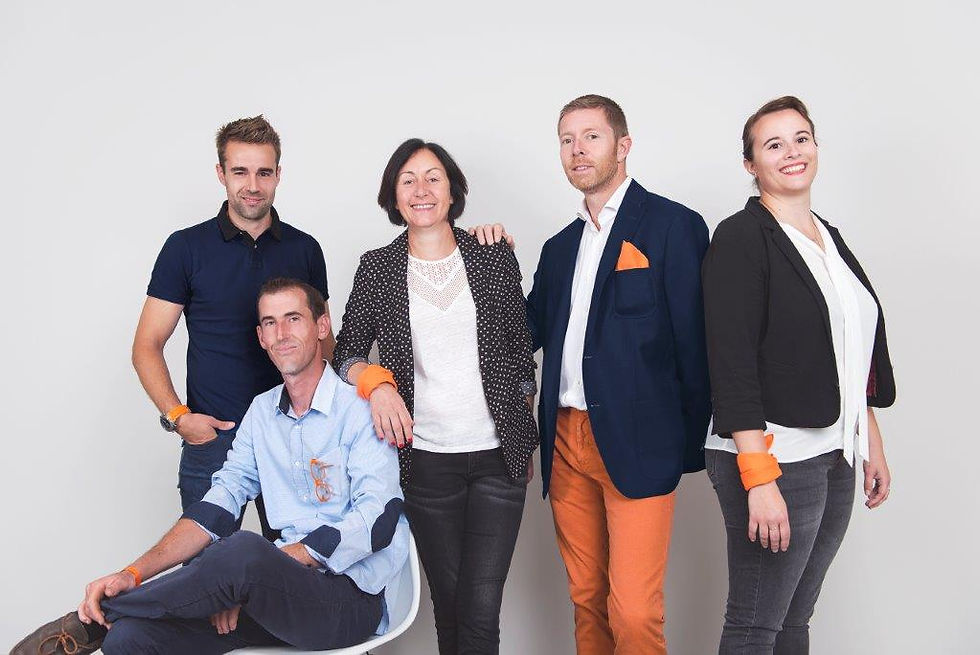




.jpg)























Comments